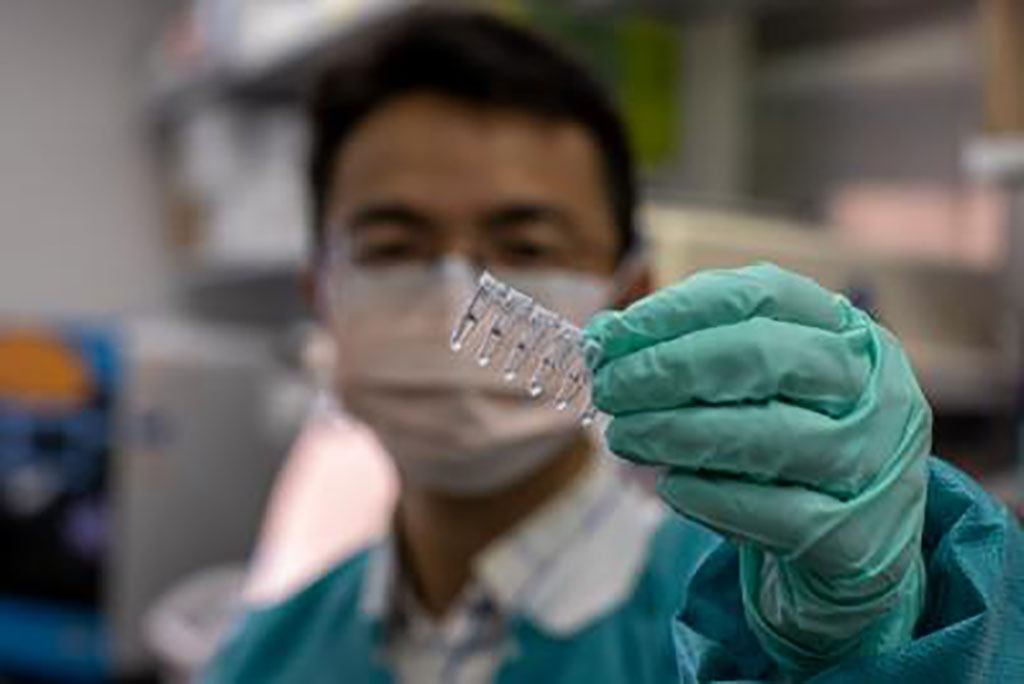New Faster COVID-19 Test Avoids RNA Degradation and Time-Consuming Extraction
By LabMedica International staff writers
Posted on 17 Aug 2021
Scientists have developed a new sample preparation method to detect SARS-CoV-2 that bypasses extraction of the virus' genetic RNA material, thereby simplifying sample purification and potentially reducing test time and cost.Posted on 17 Aug 2021
The team of scientists at the National Institutes of Health (NIH Bethesda, MA, USA) made their discovery by testing a variety of chemicals using synthetic and human samples to identify those that could preserve the RNA in samples with minimal degradation while allowing direct detection of the virus by using quantitative reverse transcription PCR (RT-qPCR).

Image: New Faster COVID-19 Test Avoids RNA Degradation and Time-Consuming Extraction (Photo courtesy of Dustin Hays, National Eye Institute)
Diagnostic testing remains a crucial tool in the fight against the COVID-19 pandemic. Standard tests for detection of SARS-CoV-2 involve amplifying viral RNA to detectable levels using RT-qPCR. But first, the RNA must be extracted from the sample. Manufacturers of RNA extraction kits have had difficulty keeping up with demand during the COVID-19 pandemic, hindering testing capacity worldwide. With new virus variants emerging, the need for better, faster tests is greater than ever. The team used a chelating agent made by Bio-Rad Laboratories called Chelex 100 resin to preserve SARS-CoV-2 RNA in samples for detection by RT-qPCR.
To validate the test, the team collected patient samples and stored them in either viral transport media, or the newly developed chelating-resin-buffer at the NIH Symptomatic Testing Facility. The samples in viral transport media were tested by the COVID-19 testing team using conventional RNA extraction and RT-qPCR testing. The samples in the chelating-resin-buffer were heated and the viral RNA was, then, tested by RT-qPCR. The new preparation significantly increased the RNA yield available for testing, compared to the standard method.
“We used nasopharyngeal and saliva samples with various virion concentrations to evaluate whether they could be used for direct RNA detection,” said Bin Guan, Ph.D., a fellow at the Ophthalmic Genomics Laboratory at NEI. “The answer was yes, with markedly high sensitivity. Also, this preparation inactivated the virus, making it safer for lab personnel to handle positive samples.”
“We think this novel methodology has clear benefits of increasing sensitivity, cost and time savings for testing,” said Robert B. Hufnagel, M.D., Ph.D., chief of the NEI Medical Genetics and Ophthalmic Genomic Unit, “The method stabilizes the RNA at room temperature for easier transport, storage, and handling in clinical settings.”
Related Links:
National Institutes of Health (NIH)








 (3) (1).png)




